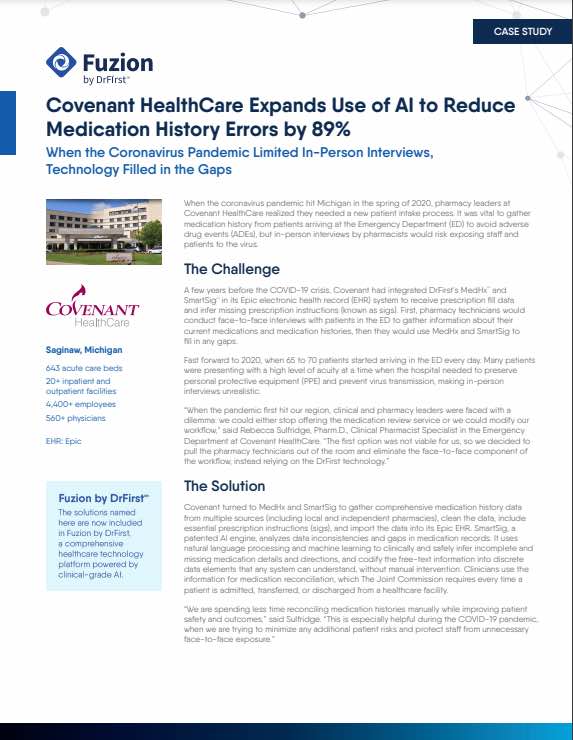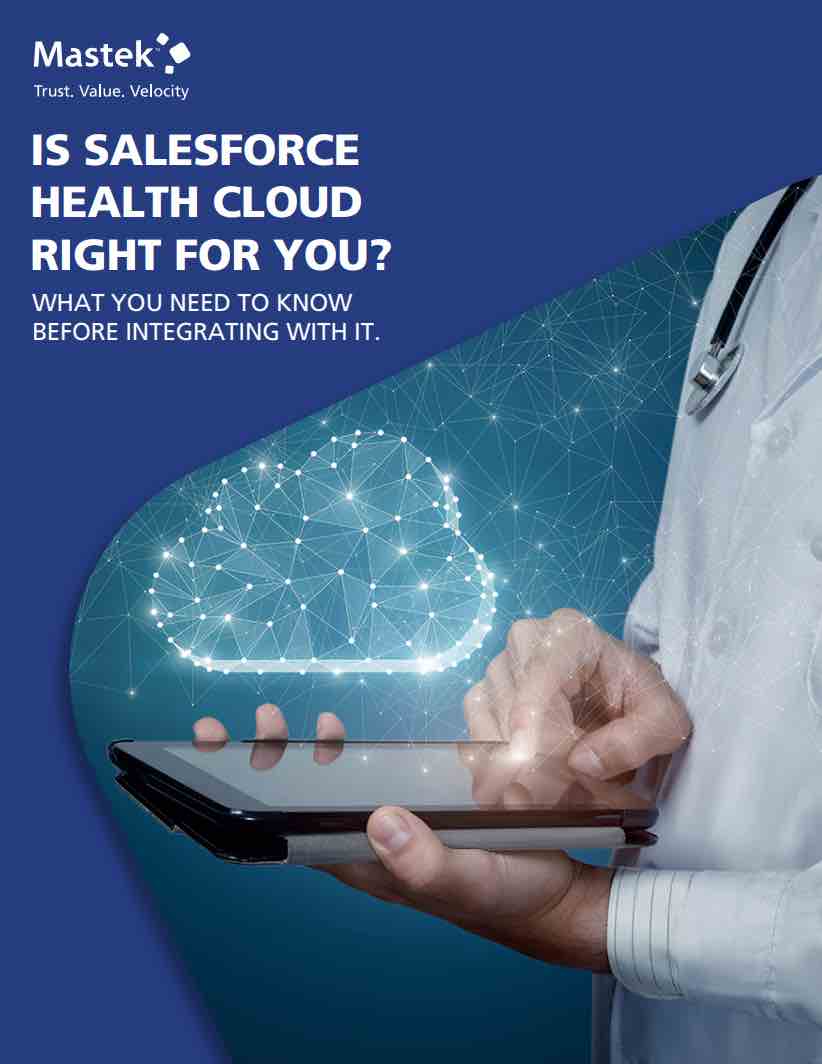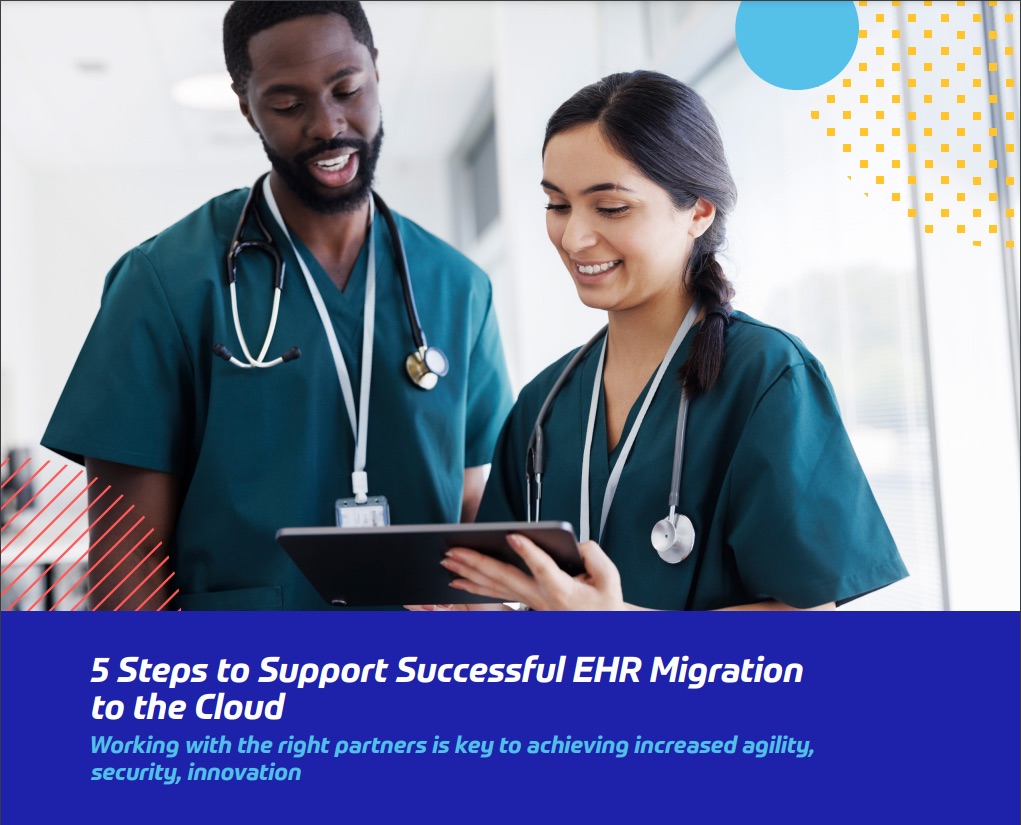Electronic Health Records (EHR, EMR)
Face-to-face medication history interviews during the patient intake process in Covenant HealthCare’s emergency department (ED) were eliminated at the start of the pandemic in 2020.
As healthcare organizations (HCOs) transition from fee-for-service to value-based care models, healthcare leaders must determine how to enable data sharing across their organizations to improve care delivery and patient outcomes. Integrating their electronic health record (EHR) platforms with cloud-based systems such as Salesforce Health Cloud can help HCOs unify data from multiple sources to create a holistic, real-time view of a patient’s care journey.
By creating new definitions and revising others, the proposed rule targets health and wellness technology companies operating outside of HIPAA and qualitatively expands the scope of what constitutes a PHR.
"Through my involvement with HIMSS Europe and EMRAM stage 7 validations, I’ve observed that the most successful organisations in healthcare IT are those with a stable, digital-savvy culture."
A balanced approach to deploying new IT that reduces the burden on employees and provides patients with enhanced services is key to stabilizing and advancing healthcare industry processes.
Predictive analytics in EHRs aren't yet effective enough for clinical decision support at the point of care.
The CIO of Penn Medicine says 2023 will be another year of significant change, requiring organizations to display nimbleness and teamwork to execute their strategic plans.
SPONSORED
The growth of Sharp Healthcare, the largest health system in San Diego County, has generated millions of additional patient records and back-office documents. Like other health systems, staff working within EHR, ERP and other core systems did not have the ability to easily access, integrate and process medical records and other supply chain documents received via email, fax, web forms, patient monitors and scanned paper documents.
SPONSORED
Having real-time insights into every experience that matters allows healthcare organizations to understand the patient journey from end-to-end, connect feedback from multiple data channels, make data-driven business decisions that improve their bottom line and drive action at every level to deliver on patient and employee expectations.
While understanding and reconciling drugs after discharge from the hospital can be challenging, it's a necessity for greater efficacy of care delivery. HL7's Da Vinci project can help.










